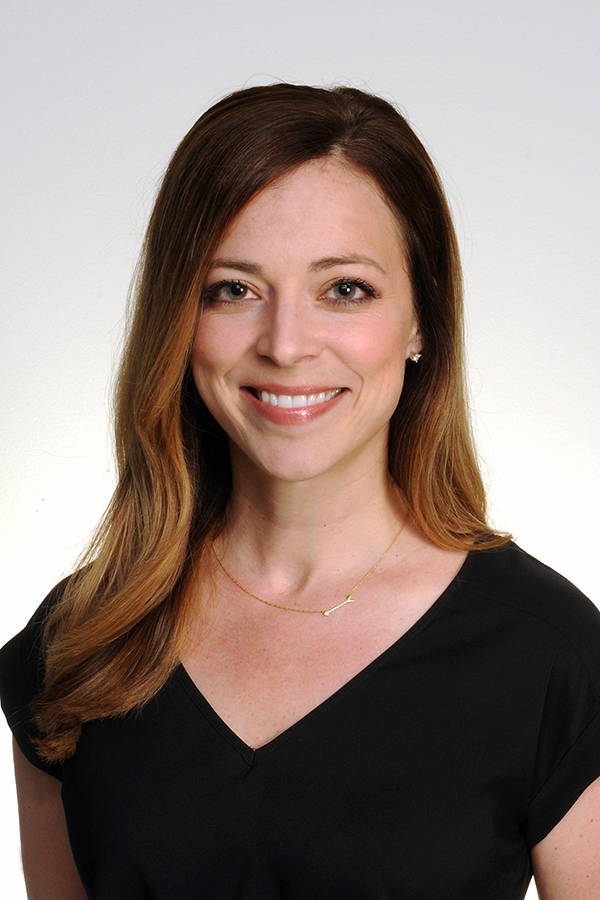Medical and health professions educators are no strangers to providing feedback and guidance based on learners’ clinical performance data. One feedback approach gaining traction in clinical education is forward feeding, which helps ensure continuity in supporting learners’ progress
What is Forward Feeding?
Forward feeding refers to sharing important information feedback or resources about a learner’s progress between educational contexts to foster growth and continuity. Think of forward feeding as a type of patient handoff in clinical care. The goal of patient handoffs is to improve care and avoid adverse outcomes. Similarly, educators use forward feeding to share student progress information helping others monitor student growth and coach students across courses and contexts.
Key Considerations
Forward feeding has become a common practice in many undergraduate and graduate medical education programs. If you are thinking about incorporating forward feeding into your program, here are three key areas to focus on to better position educators to support learners:
- Develop a Consistent Process: Consistency and methods are key when it comes to fairness in assessment. Educators must establish a clear process for when and how information is shared. Forward feeding works best when designed to be collaborative, longitudinal, and aligned with policies that protect students’ rights. Questions to ask while building a forward feeding process include:
-
- How many learners will the process serve? Who needs to receive this information and why?
- How can we ensure that sensitive student info stays need to know?
- How can we track whether the forwarded data improves the learning process?
- How much time is needed to evaluate learners and share feedback delivery?
- Focus on Objective, Skills-Based Data: A common concern with forward feeding is the risk of bias. For example, if an educator sees notes suggesting a learner is struggling, it could influence their impressions before they’ve had a chance to observe the learner’s abilities. To address the risk for bias, forward feeding should focus on specific, observable, evidence-based, and competency-related behaviors and issues tied to specific learning goals. Questions to ask as you identify the types of feed forward data to capture include:
-
- What specific measurable behaviors should forward feeding emphasize?
- Are these data tied to clear learning objectives or competencies?
- What types of faculty development can support educators involved in the process to support learners from the perspective of a growth mindset?
- Keep the Learner at the Center: Learners who collaborate with educators on forward feeding tend to view the process more positively. Empowering learners to take ownership of their data builds transparency and trust. Engagement with the learner on the feed forward process, including how these data are collected and stored, may include collaboratively setting goals, identifying areas for improvement, and mapping out coaching strategies to upskill the learner. Questions to ask as you develop learner forward feeding include:
-
- What information will we share and how can we make this process transparent?
- How can we collaborate with learners to ensure they feel ownership over the process? What tools can help standardize the forward feeding process?
- What strategies can familiarize learners with forward feeding and its purpose.
Forward feeding is about creating a proactive system that anticipates learners’ needs and supports their growth. By focusing on fairness, objectivity, and collaboration, educators can use forward feeding to help students thrive and ensure educational strategies meet evolving competencies.
#MedEdPearls are developed monthly by the Central Group on Educational Affairs. Previously, #MedEdPearls explored topics including what is self-directed learning, coaching in graduate medical education, and the ARCH guidance model for providing effective feedback.
This content is provided in collaboration with Jason Hedrick, Ph.D., Director of Academic Operations & Accreditation at West Virginia University School of Medicine.

Anna Lama, Ed.D., M.A., is an assistant professor in Medical Education and director of assessment for Undergraduate and Graduate Medical Education at West Virginia University School of Medicine. Anna’s areas of professional interest include medical students as teachers training, professional development of clinical and research educators, assessment and curricular design. Anna can be followed on Twitter or contacted via email.
#MedEdPearls

Jean Bailey, PhD – Virginia Commonwealth University School of Medicine
Rachel Moquin, EdD, MA – Washington University School of Medicine

